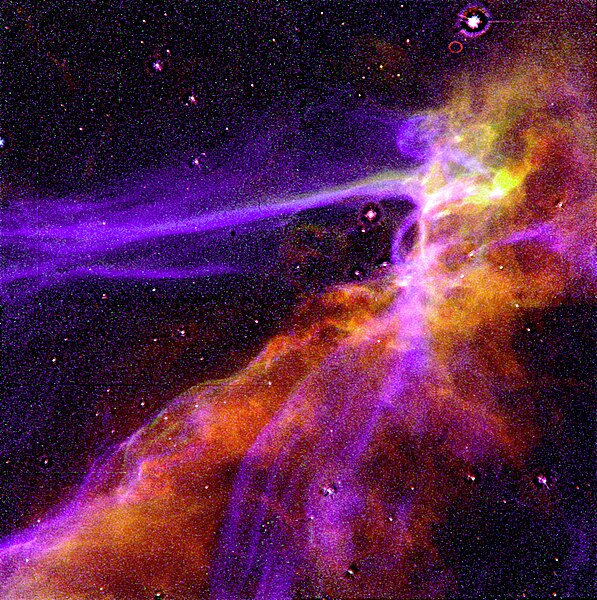Skeda:Cygnus Loop Supernova Blast Wave - GPN-2000-000992.jpg

Madhësia e këtij shikimi: 597 × 600 pixel. Rezolucione të tjera: 239 × 240 pixel | 478 × 480 pixel | 764 × 768 pixel | 1.019 × 1.024 pixel | 1.519 × 1.526 pixel.
Dokument origjinal ((përmasa 1.519 × 1.526 px, madhësia skedës: 3,67 MB, lloji MIME: image/jpeg))
Historiku skedës
Shtypni mbi një datë/kohë për ta parë skedën siç ishte atëherë.
| Data/Koha | Miniaturë | Përmasat | Përdoruesi | Koment | |
|---|---|---|---|---|---|
| e tanishme | 9 prill 2009 03:18 |  | 1.519 × 1.526 (3,67 MB) | BotMultichillT | {{Information |Description={{en|1=This is an image of a small portion of the Cygnus Loop supernova remnant, which marks the edge of a bubble-like, expanding blast wave from a colossal stellar explosion, occurring about 15,000 years ago. The HST image sh |
Lidhje skedash
Këto faqe lidhen tek kjo skedë:
Përdorimi global i skedës
Kjo skedë përdoret nga Wiki të tjera në vijim:
- Përdorimi në ar.wikipedia.org
- Përdorimi në ceb.wikipedia.org
- Përdorimi në en.wikipedia.org
- Përdorimi në es.wikipedia.org
- Përdorimi në eu.wikipedia.org
- Përdorimi në fj.wikipedia.org
- Përdorimi në fo.wikipedia.org
- Përdorimi në gn.wikipedia.org
- Përdorimi në mk.wikipedia.org
- Përdorimi në ms.wikipedia.org
- Përdorimi në simple.wikipedia.org
- Përdorimi në uk.wikipedia.org
- Përdorimi në zh.wikipedia.org


